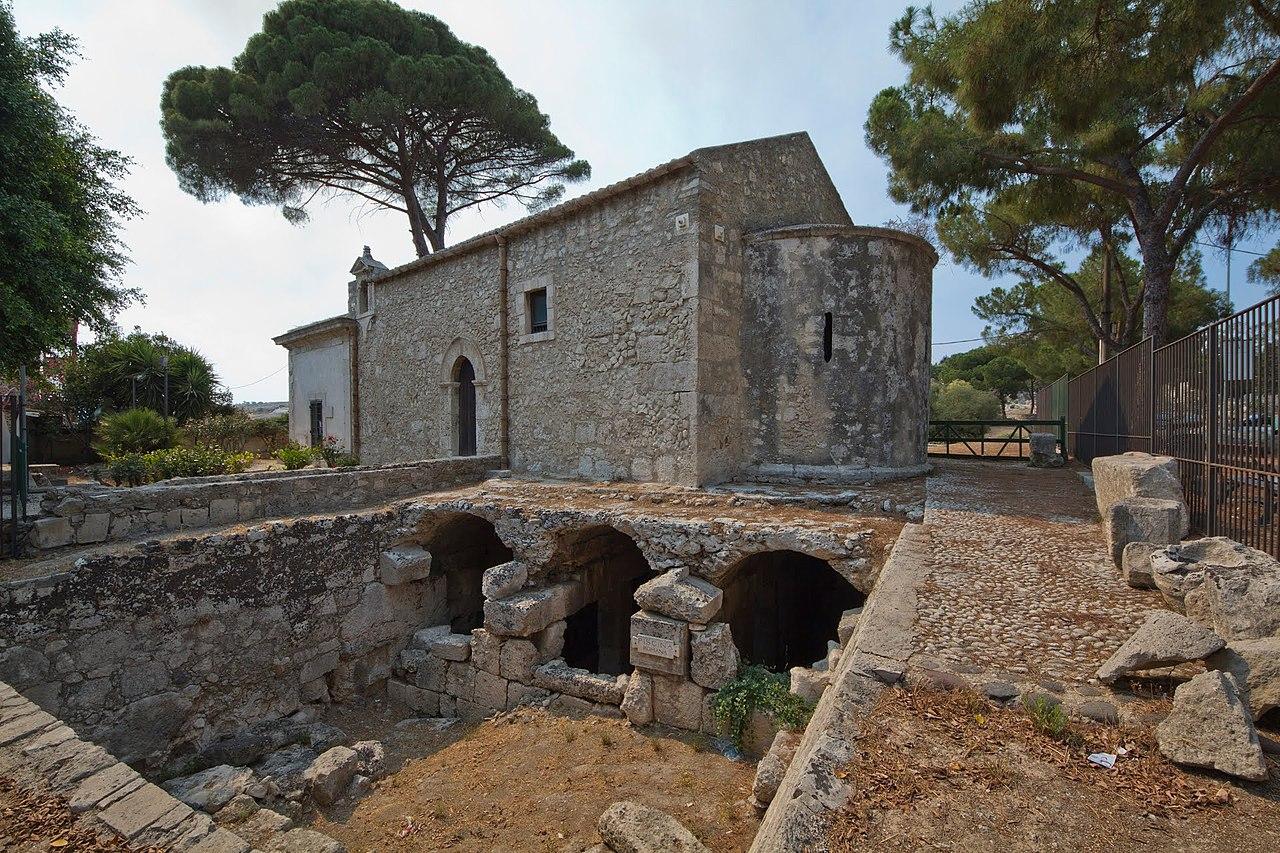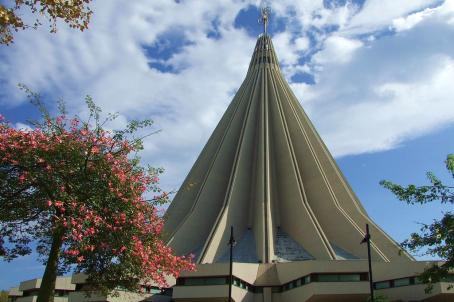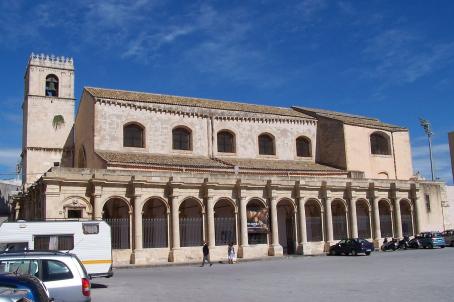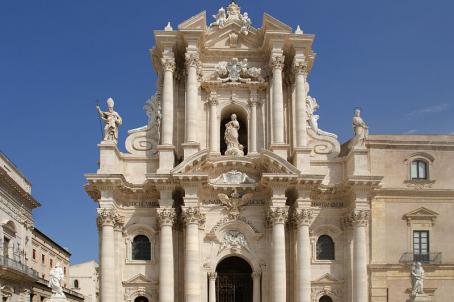Chiesa di San Nicolò ai Cordari

The church of San Nicolò ai Cordari was built in the Norman period, immediately after the period of Arab domination in the city of Syracuse. In 1577, the church was granted to the cordari (rope makers) who worked their ropes in the limestone quarries of Neapolis, located beyond the church. With the establishment of the Neapolis Archaeological Park in 1955, it became the headquarters of the information office for visitors preparing to tour the vast archaeological park. The church was and still is the entrance to the park. It now houses a small photographic museum which exhibits period photographs of all the Syracuse monuments located in the Neapolis Archaeological Park.





